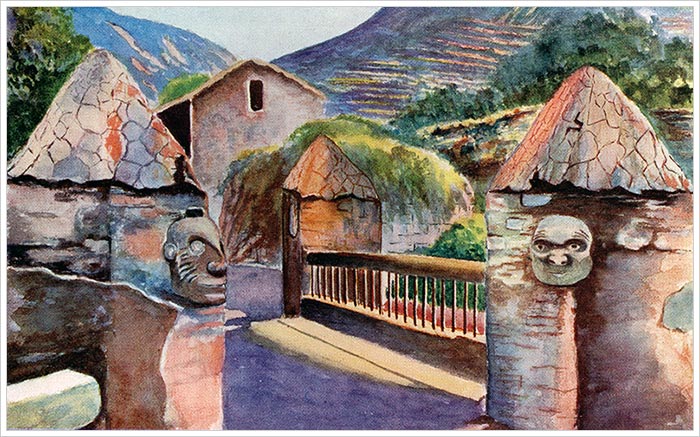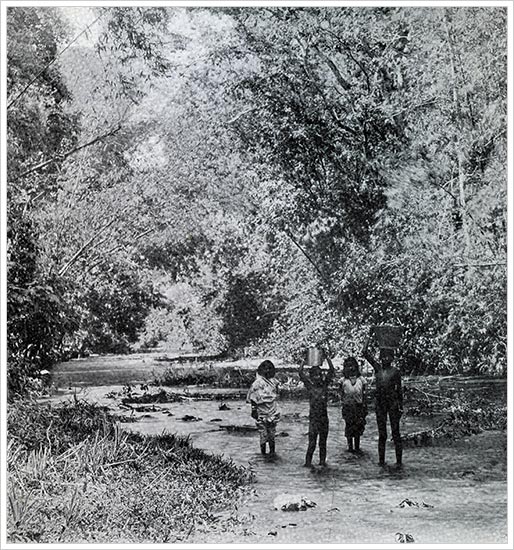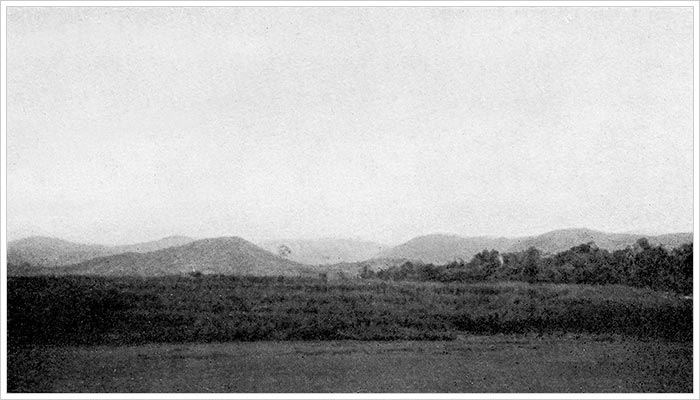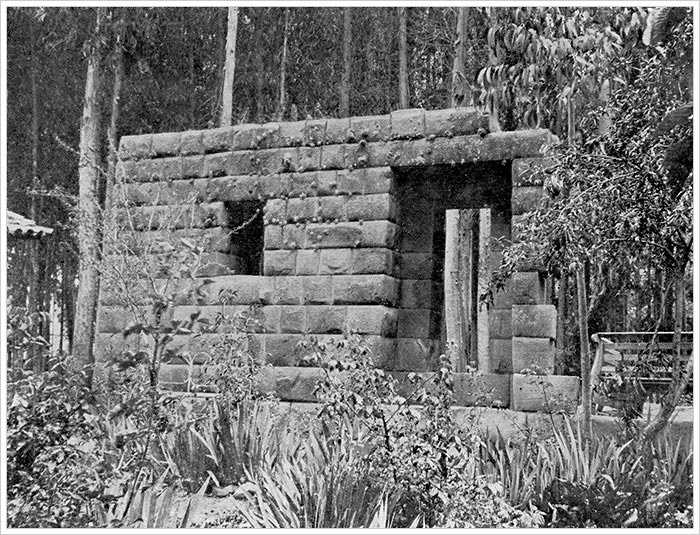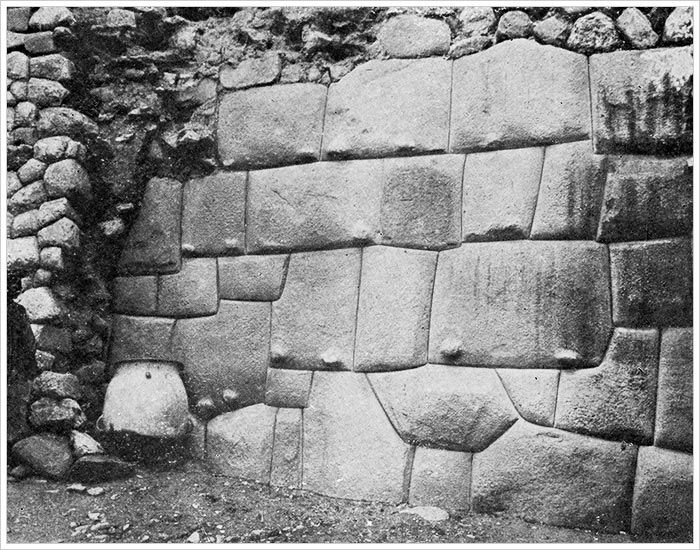Part 1
The rivers of Peru are well stocked with fish, of which some afford very good eating. But some are neither good for man nor beast. In the latter category must be placed the piranha, a blood-thirsty little beast ranging from five to twelve inches. Let there be but the very slightest suspicion of blood on any person or animal, and they will swarm to the attack like ferocious sharks. Colonel Roosevelt’s great friend, Colonel Rouden, lost one of his toes while paddling in a stream infested with piranha; and I have often seen Indians who were minus a finger tip. The canderos is even a greater menace to bathers. This veritable fiend measures but one and a half to three inches long, and is a shark in miniature. Its fins are similar, and so are its teeth. The former fold down at will on the back; then the canderos looks like a worm. Their favourite point of attack is the fundament. Directly they force an entrance they spread their fins and begin to burrow, and so to get rid of them then a serious operation is required. The ballanetta, a cross between a buffoon and a sea porpoise, more properly belongs to Venezuela. He is a big fellow, from fourteen to eighteen feet in length. The name is Spanish for “a young whale.” It abounds near La Pastora up the Orinoco River. Colonel Mirandas, whom I met in 1923, had an ingenious theory of how it originated. His idea is that some porpoises brought up from the sea by a phenomenal tide, “nicked in” with manatees and the product of that union interbred with other sea porpoises and so on, till finally the buffoon type became fixed.
The sting ray is another objectionable fish. It occurs more frequently in sea-water than in fresh, and has a whip tail about three feet long and a kind of prong which it sticks into its victim preparatory to dragging it beneath the surface. In form it resembles a skate. The river species is from two to four feet broad, with a three to four inch prong. That found in the Caribbean Sea is much bigger in every particular.
The manatee, or cow fish, is one of the most remarkable objects to be seen anywhere in the world. It is from eight to ten feet long and weighs from two hundred to four hundred pounds. In many respects it bears a startling likeness to the human form divine, and its mode of conception and breeding are similar. When feeding her young—there is never more than one at a birth—the mother fish raises her head and breasts above the water. The baby manatee may then be seen, resting on flappers which protrude from beneath her mother’s breasts. There seems little doubt that the manatee induced the mermaid fiction. This fish is good to eat, and its skin is much valued by the Indians for whip thongs and shoemaking.
Poisonous insects are fairly common. The sting of the scorpion is rarely fatal, although it is generally attended by ill effects. More dreaded is the bite of the tarantula, a spider the size of a small saucer. I bathed every morning for three weeks in a lovely pool near Anhuaqui, made by the Indians with a tree they had felled. Regularly, day after day, a whopping big tarantula put in its appearance on the log. I tried ever so many times to capture it with a large butterfly net, but it was always too smart for me. I wanted him badly to put among my specimens, and offered the Indians all sorts of inducement to secure him for me, but they wouldn’t face him.
Snakes seem to exercise a strange fascination for most people. Some of the reptiles I met with in Bolivia and Peru, without being very dissimilar from those of neighbouring countries, were yet sufficiently distinct in their characteristics to merit at least a passing word. One thing should be borne in mind, and that is that snakes in tropical countries rarely obtrude themselves on one’s notice. In certain circumstances, this of course constitutes a real danger. For instance, you may be forcing your way through thick jungle and step on one unawares; or, when passing up a river, roofed over with gorgeous, tropical vegetation, you may brush against one enjoying a siesta on an old decayed limb. Then you have to look out for squalls, for Mr. Snake doesn’t waste time in idle talk. No, he gets busy, busy in a way that means no good to the party who has interfered with him.
Even so, the majority give warning of their evil intentions, by making certain audible sounds.
The cobra is exactly similar in appearance to the Asiatic reptile bearing the same name, but it has a thicker skin. In length it ranges from three to four feet. When in action it stands on its tail, and its advance is particularly menacing, for it has the power of jumping backwards, a stunt it is prone to indulge in just when you least expect it. Cobra skin is a material much in favour with artistic leather workers. Ladies’ slippers and shoes and hand-bags are made of this material, and really look very nice.
At the present time rattlesnake skin is even more the vogue. The rattler is found where the soil is dry; chiefly round sugar estates and in the Pampas grass lands. He invariably gives notice of his intentions by sounding his rattle. This consists of from two to five round pieces of bone, about the size of split peas, encased in a horny substance at the tail-end of the reptile. The Peruvian Government pay 1 sol per head for every rattler killed. Some of the Indians earn their living in this way. For evidence they have to produce the tail of each snake they claim to have killed.
One of the most dangerous to be met with in this region is the green mamba. Personally I have never come across one in Peru, but it is pretty general in all tropical countries. I once disturbed a green mamba in Pondoland, when coming up from the sea after a bathe. I was tramping along a path that was only very faintly defined. Hearing a hiss, I turned just in time to see Mr. G. M. preparing to make himself obnoxious. He was, in fact, coming after me full rip, and full of pep. I wasn’t dressed to receive visitors, so the situation was rather embarrassing; but, happily, I remembered Sir John Jarvis Bissett’s instructions, viz., to run uphill. Directly I did so I had the snake beat.
The garter snake is also very deadly. It is often called the coral snake, and is only about twelve to eighteen inches long. Wonderful tales are told by the Indians of its jumping powers. According to them, this sinister little reptile can project its thin whip-like body through the air a distance of ten feet.
I once killed a garter snake when out riding near a tropical forest. It lay asleep in my path. Quietly dismounting, I cut a long bamboo, and from a distance of about eight feet gave him such a whack as quite flattened him out. Then I wrapped him round with wild banana leaves secured with my handkerchief, while I visited a native hut close by to try and get a bottle. I succeeded in my quest, and soon transferred the snake to the glass receptacle, and I have him yet, preserved in spirits of wine.

